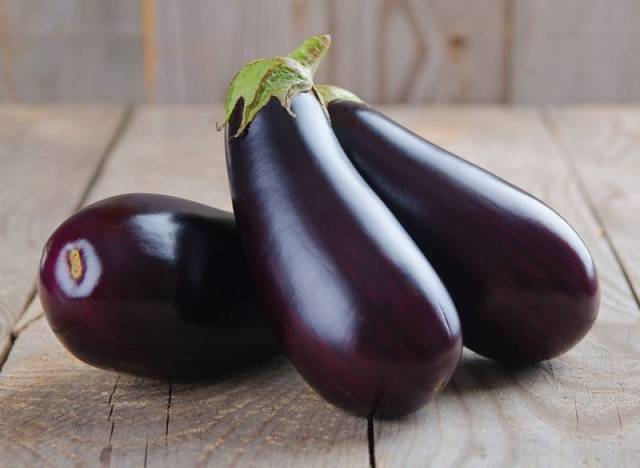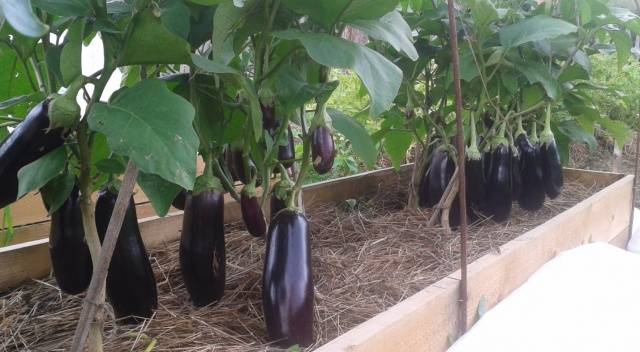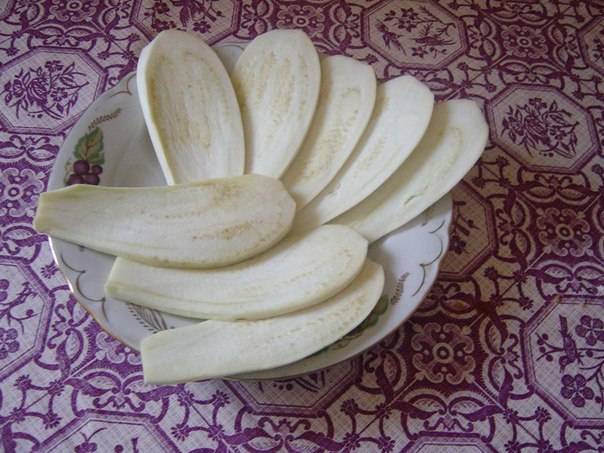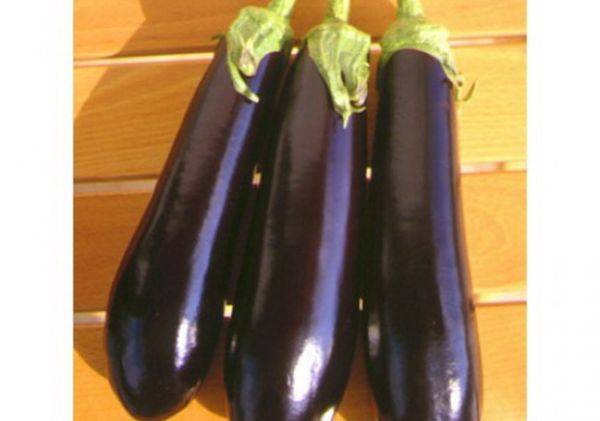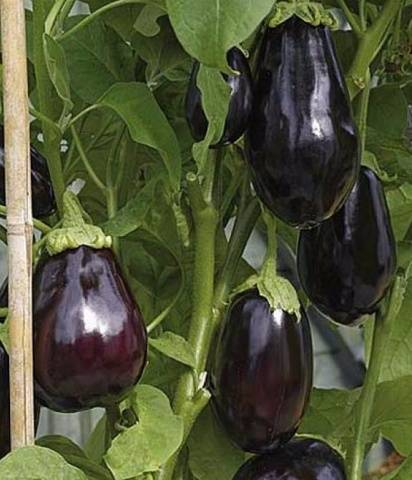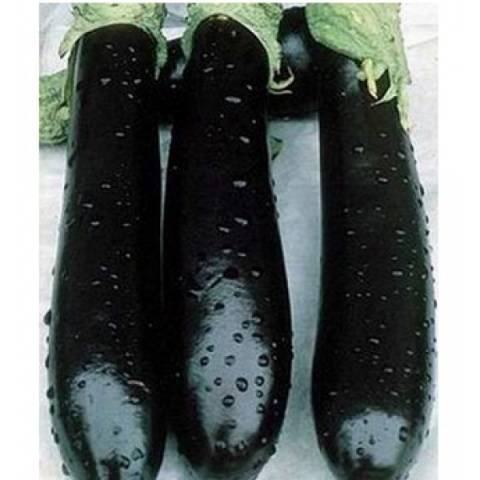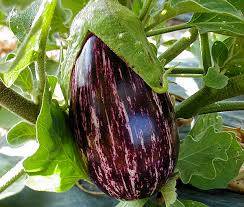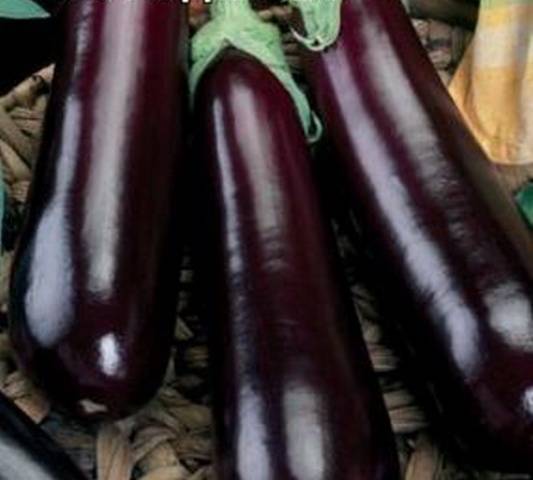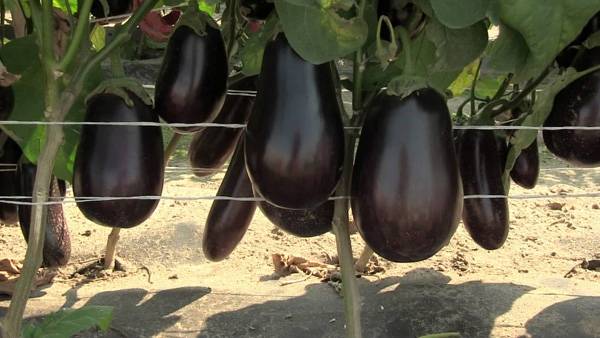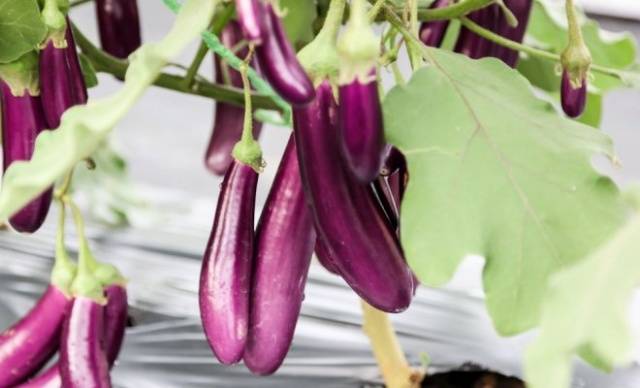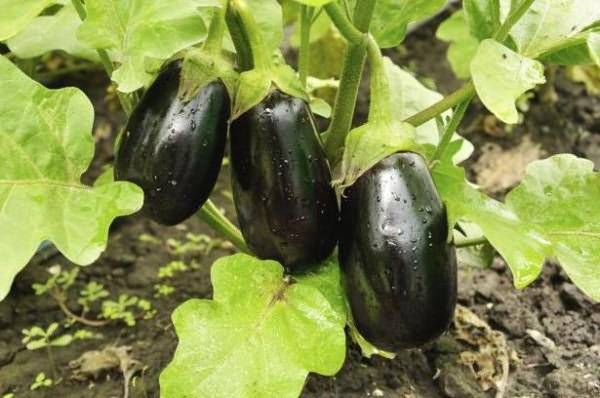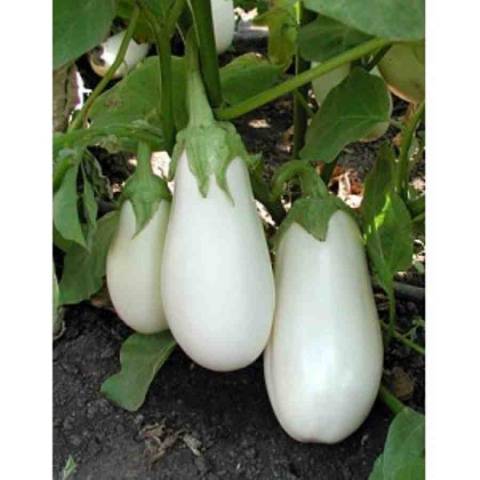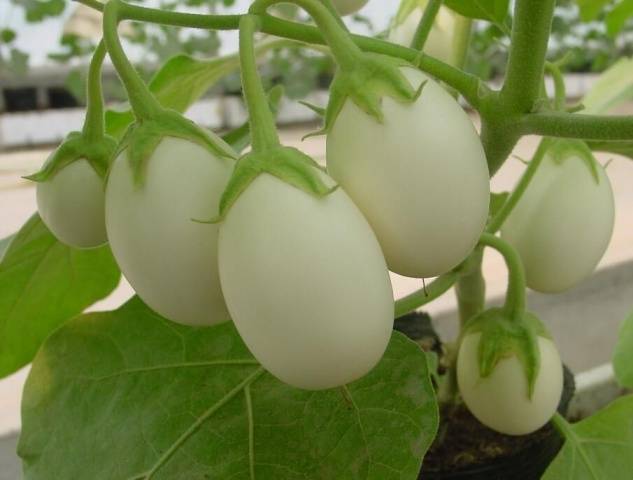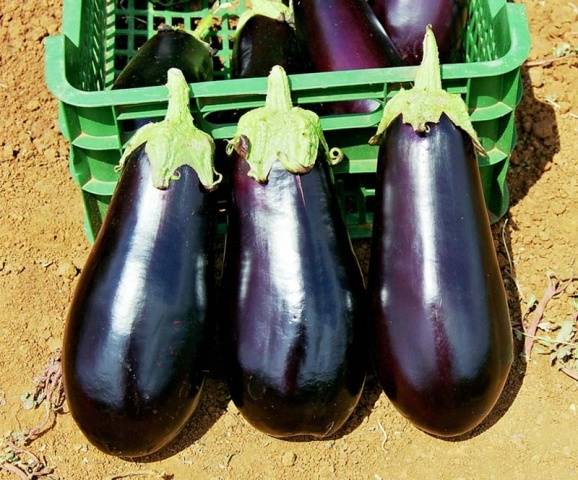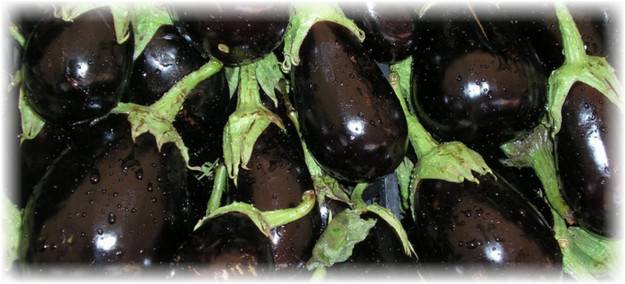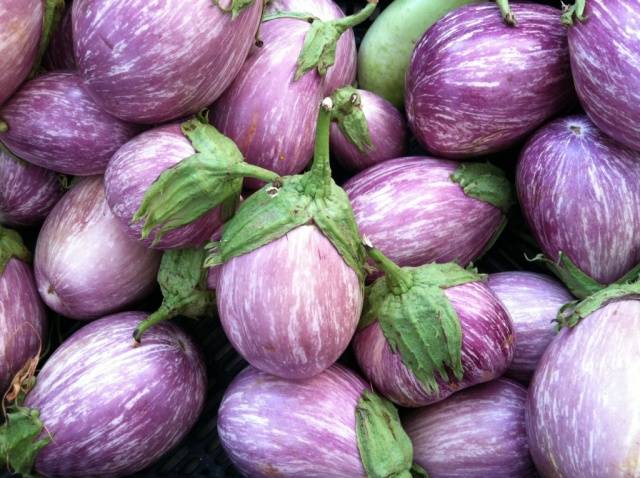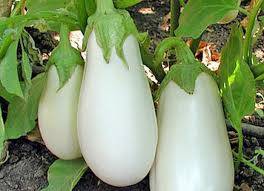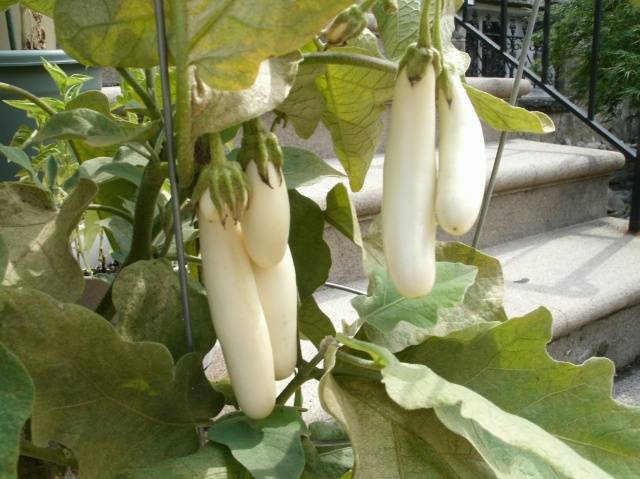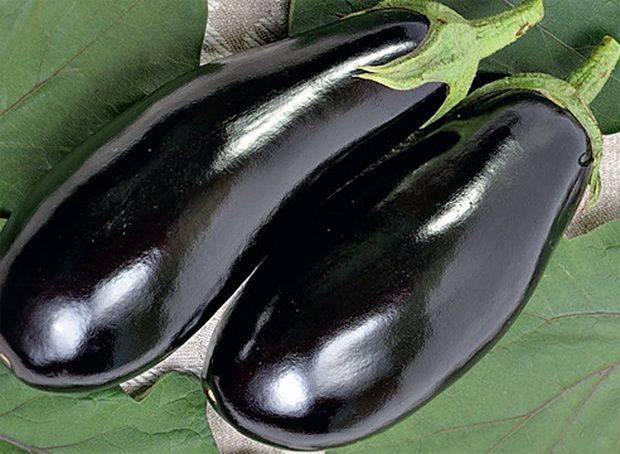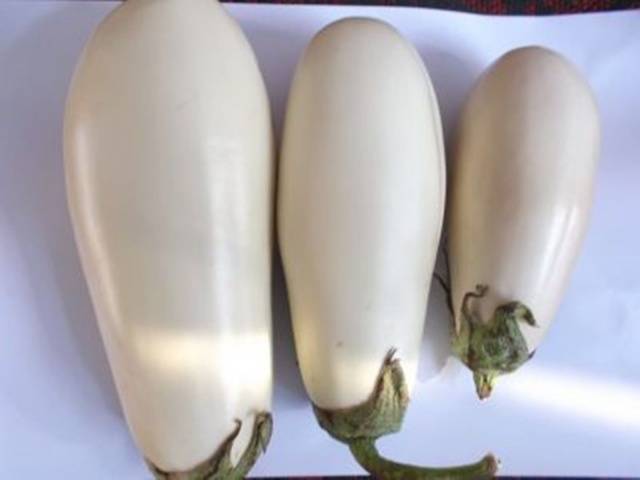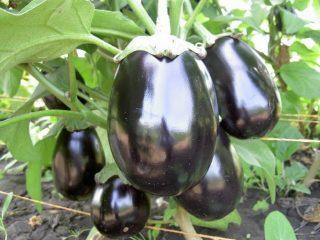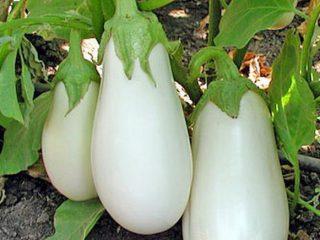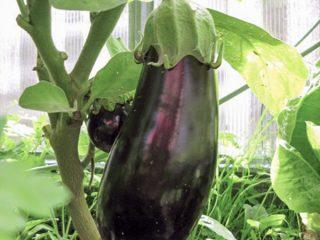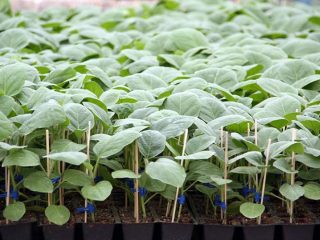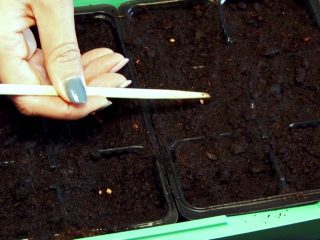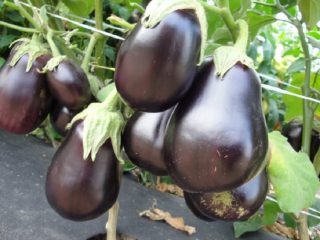Content
Now there are so many varieties and hybrids of eggplants that among all the diversity you can get confused. Each gardener chooses a variety according to his taste and according to the characteristics that suit him. When choosing a variety, special attention is, of course, paid to yield and ease of caring for the crop, but taste also plays an important role. Some people like the dense greenish flesh of eggplant, while others prefer the tender white flesh. Whatever the color of the pulp, seeds are present in it, one way or another. You don't have to settle for eggplants with seeds inside. At the moment, you can choose those whose pulp will be almost without the presence of seeds.
Classification of varieties depending on the region of growth
Eggplants are grown throughout Russia, and since the country is large, these are regions of the southern, northern type and the middle zone. The eggplant variety must be chosen not only based on taste, but also based on the region in which it will grow.The southern regions grow eggplants mainly for the purpose of storing them for the winter or for transportation to other regions. Therefore, there are requirements for the size of the fruit, the density of their pulp and the absence of seeds in it. In addition, the skin should have a tight fit to the pulp, so that it is more convenient to cut the fruit into pieces.
In the northern regions, the emphasis is on early ripening and resistance to temperature changes and difficult atmospheric conditions.
Dry areas need varieties that will tolerate the lack of moisture in the soil.
Eggplant varieties with few seeds
Modern eggplant varieties must meet the following requirements:
- High yield;
- Lack of bitterness in fruits;
- Resistance to various kinds of diseases;
- Good appearance and taste;
- Small number of seeds.
The last point is a guarantee that the eggplant pulp will be tender and pleasant, without a hint of bitterness. Among these varieties, two groups can be distinguished, which are divided according to the principle of ripening. They will be discussed further.
Early ripening varieties of eggplant
Alekseevsky
Plants of this variety are distinguished by their small height, about 50 cm. On such a short bush grow glossy fruits of a dark purple color, up to 18 cm in size. The weight of the mature fruit is small - only 100 - 150 grams, but the snow-white pulp has a very unusual delicate taste.
The seeds of the crop are sown for growing seedlings at the end or beginning of March. Ready and hardened seedlings are planted in the greenhouse in early May. If in the first month of summer the temperature remains stable and there are no strong winds, then you can initially plant the seedlings under the film in a regular bed and remove the shelter.In August, with proper care, consisting of regular watering, fertilizing, and loosening, you can reap a pretty good harvest.
Behemoth F1
It’s not for nothing that this variety was called that, since the adult crop reaches a height of 2 meters, so it can only be grown in greenhouses of suitable height, where there is space for growth.
The fruits reach 20 cm and weigh 350 grams. Their shape is pear-shaped. Inside white eggplant with a hint of green. The variety is highly valued for its excellent yield qualities and pleasant pulp, almost without seeds.
Valentina F1
The plant is of medium height with a stem that is slightly pubescent, has bright green leaves with characteristic cuts along the edges. The fruits are black-violet in color, up to 25 cm, and grow into the shape of a slightly elongated pear. The pulp is distinguished by a soft beige color and the absence of bitterness. The main advantage of this variety can be considered the ability to set flowers even under unfavorable conditions.
Quartet
The plant grows as a bush approximately 40 - 60 cm in height with small leaves along its entire height. The fruits of such a small crop are also small - weighing about 100 grams and 11 - 14 cm long. The most interesting thing about this variety is that the fruits are distinguished by a color that is uncharacteristic of eggplants without shine, which is shown in the photo. They are yellowish-purple and pear-shaped.
The quartet has become widespread due to its resistance to arid climates and various rots.
Maxik F1
Plant height is approximately 1 meter. The fruits of this variety ripen on the 100th day after sprouting.Maxik eggplants have a pleasant glossy dark purple color, their length is 25 cm. The flesh of the fruit is greenish-white without any bitterness.
The culture tolerates temperature changes particularly well and resists tobacco and cucumber mosaic viruses.
Nancy F1
The plant is low with small green leaves of a pale shade. The fruits are also small, weighing up to 80 grams and ovoid in shape. The color of eggplants is brilliant purple. The pulp of the fruit is not bitter and is white. This variety resists the attacks of spider mites.
Purple Haze
The stem of the plant has strong pubescence and reaches 60 cm. The leaves of the plant are ideally shaped, smooth and without jagged edges. The fruits ripen 100–105 days after sowing and have an oval shape with a lilac skin color. The pulp inside the fruit is without bitterness and white.
Gardeners fell in love with this variety because of its elegant color shown in the photo and its resistance to bacterial rot. This variety is universal and can be grown throughout Russia, in regions with any climate.
Purple Wonder F1
The plant is small in height, about 60 cm. The stem has some pubescence; the stem has leaves slightly cut at the edges. Ripe fruits are cylindrical in shape and have a glossy purple hue. The pulp of eggplants is not bitter and has a greenish tint.
Presentation and good taste are not the only advantages of this variety. It is also resistant to spider mites and Verticella wilt.
Bibo F1
The hybrid begins to bear fruit on the 55th day after the first shoots appear. The height of the plant is 85 cm, which requires tying it to a support. The fruits grow white, oval-conical, up to 18 cm long.Tender white flesh is hidden under the milky-white skin without bitterness. Eggplants have very valuable taste and dietary properties, which allows them to be used in various dishes.
White egg
Compact bush up to 70 cm tall. Japanese variety. The fruits are white in color and ovoid in shape, weigh up to 200 grams and are 10 cm long. This variety is distinguished by its high yield and unusually tasty and tender pulp, which is practically devoid of seeds. You can see these unusual eggplants more clearly in the photo:
Mid-season varieties of eggplants
Diamond
Growing this variety in the southern regions is possible in open soil, but in the middle zone or in the northern territories - only in greenhouses. The fruits ripen on the 130th day. The height of this plant is approximately 60 cm, and the fruits are grouped in the lower part of the crop. Since there are no thorns on the calyx, harvesting is much faster and easier. Ripe eggplants have a small weight - about 120 grams and are distinguished by a deep purple hue with a glossy sheen. The pulp of the fruit is snow-white with a greenish tint, quite dense and without bitterness.
This crop is resistant to mosaic and stolbur, however, it is practically not resistant to diseases that cause wilting.
Comet
The crop grows approximately 75 cm long, the stem is covered with small dark green leaves. The ripe fruits resemble a cylinder in shape and have a dark purple color, about 22 cm long and 6 cm in diameter. The pulp is dense and lacks bitterness.
This variety is not affected by late blight and anthractic blight.
Sailor
The plant is of a semi-spreading type, about 75 cm high. The fruits at the ripe stage are distinguished by an unusual color, as in the photo: white stripes alternate with purple ones.The fruit itself is shaped like an oval, sometimes a pear, about 17 cm long. The pulp is snow-white, without pronounced bitterness.
Swan
The plant is short, reaching only about 65 cm. The fruits ripen are elongated, pear-shaped, and white. The weight of a mature vegetable is about 250 grams. The pulp of the fruit is snow-white, without bitterness, with a delicate aftertaste of mushrooms.
The main values of this variety are heat resistance, the ability to withstand sudden temperature changes, stable ripening of fruits, and taste.
Pelican F1
The height of the bush is average, about 110 cm. Ripening occurs on the 116th day after germination. The fruits are white and saber-shaped, elongated, weighing 250 grams each and length varying from 15 to 18 cm. The pulp is light, without a bitter aftertaste. Eggplants are used for preparing and preparing various dishes.
Ping Pong F1
A bush with an average height of about 70 cm gives a harvest 110 days after germination. The plant itself is similar in shape and small size to an ornamental plant with small leaves. Ripe eggplants resemble a ball shape. They are white. It is not for nothing that this variety received such a name. Inside the vegetable there is light salad pulp without bitterness. The special value of the hybrid is that the fruits are easy to transport and do not spoil for a long time.
Surprise
The height of the bush is about 1.5 m, the branches are spreading. The ripe fruit resembles a purple cylinder, about 20 cm long and weighing 300 grams. The eggplant pulp is light green in color and has no bitterness or voids inside. Cultivation can be carried out in unheated and heated greenhouses.
Iceberg
A small bush, about 45 - 60 cm in size, bears fruit well on the 115th day of planting. This crop produces oval white fruits, about 20 cm long and weighing approximately 200 grams. The pulp is juicy and has high taste. The fact that the pulp does not have voids helps to prepare these eggplants. It can be grown in unheated and heated greenhouses.
The variety is valued for its regular fruiting, resistance to transportation, heat resistance and resistance to many viruses that infect eggplant.
More information about eggplant varieties can be seen in the video:
Conclusion
Such a variety of eggplant varieties is associated with the ever-increasing demands of gardeners and breeders. If previously housewives could only dream of making preparations and adding eggplants with a small amount of seeds to food, today you can choose the variety that you like and not worry about having to throw most of the pulp into the trash bin . Light-colored fruits contain fewer seeds, so it is best to choose them for dishes where seeds will be superfluous.
